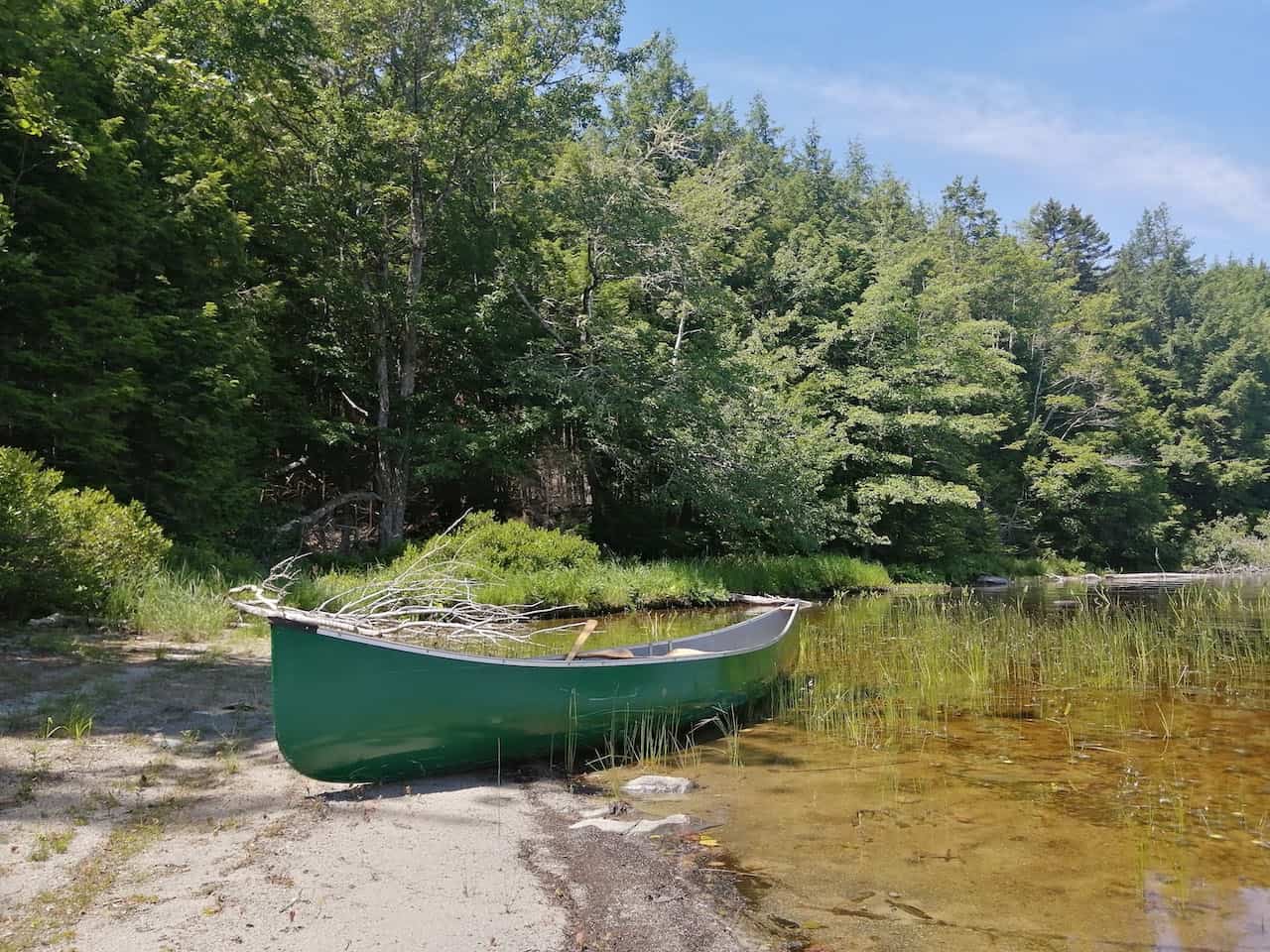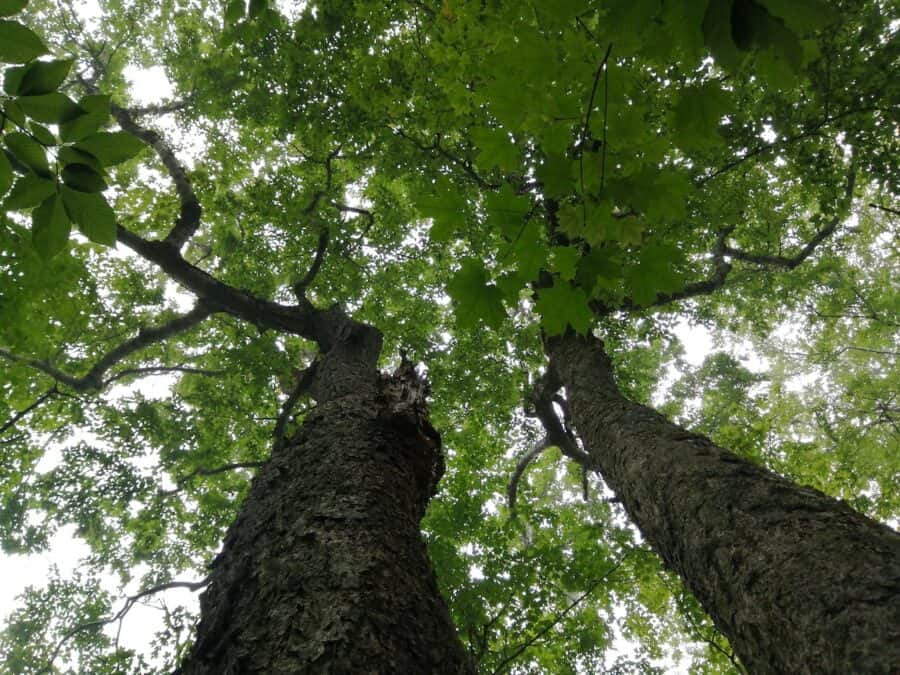
In early 2022, the Nature Conservancy of Canada purchased nearly 1,100 hectares of old growth and mature forests, wetlands, and lakes in Upper Ohio, Nova Scotia after pulling together money from fundraising, private donors, federal and provincial governments, and the United States Fish and Wildlife Service. This was the NCC’s third largest project in the province in 50 years of working here.
Backtrack over six months and you’ll find Alain Belliveau, Irving Biodiversity Collections Manager for the E.C. Smith Herbarium hiking through those forests and wetlands, paddling those lakes, looking and listening for species of conservation concern.
“We camped just above a long sandy beach for three days and surveyed as much of this area as we possible could, from dawn to dusk. We knew this area was probably special and we wanted to paint the clearest picture possible of the biodiversity present here,” explains Alain.
Alain surveyed for three days in July 2021 along with field experts from the Atlantic Canada Conservation Data Centre. Collectively, they ended up finding a plethora of species of conservation concern and several legally protected species at risk, ultimately showcasing the high biodiversity value of these properties: From dozens of Snapping Turtle nests on those sandy beaches, to the endangered Vole Ears Lichen in pristine Red Maple swamp, to singing Canada Warblers, to towering old growth hardwood forests. He adds, “at one point I was walking away from a singing Canada Warbler, which is a species at risk in Canada, and ended up in old hemlock woods on the shore of a tiny lake with crystal clear waters. Lo and behold, a family of otters was watching me from a log in the lake. Unreal!”

The protection of this land will add much needed biodiversity and acreage to the province’s goal of protecting 20% by the year 2030. Alain submitted his data to decision-makers months ago, and had since been curious about the status of these lands. As he explains, “very few of the areas we survey for rare species become protected. For a new protected area, this is an unusually large chunk of land, and certainly a win for the area’s and the province’s biodiversity.”
Meanwhile, back at Acadia, the many specimens collected during fieldwork are curated for eternal preservation in the E.C. Smith Herbarium. The specimens will be available to scientific researchers forever. And now, the living specimens in the wilds of Upper Ohio can persist relatively unbothered forever too.
Click here to learn more about the Irving Biodiversity Collection and E.C. Smith Herbarium.


 Acadia University
Acadia University